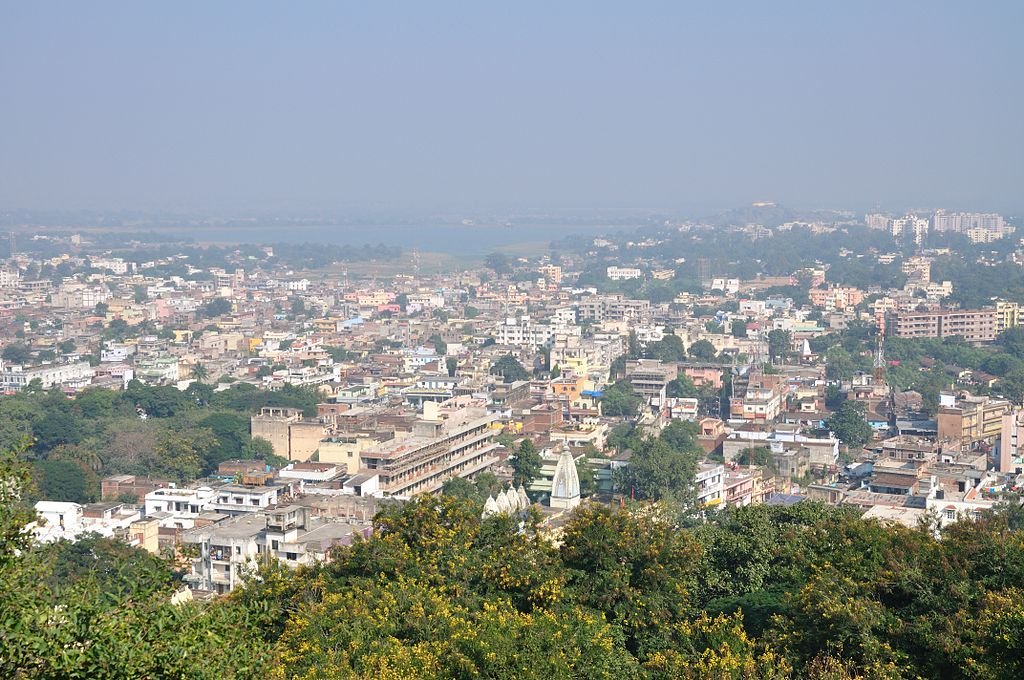
The non-Cooperation movement in the Ranchi district established the pattern as elsewhere in India. The movement attracted the imagination of the people mostly from the Tana Bhagats and a large number of them attended the Gaya session of the congress in December 1922 which was presented over by Deshbandhu Chittranjan Das. These Tana Bhagats returned home deeply influenced by the message of freedom Movement. The son –cooperation movement started by Barefooted and then they used to cover over long distances with congress flags in their hands and they carried the message to the masses in the interior. They attended the meetings held by the non-cooperation workers.
On 5th October 1926, a khadi exhibition was again started at Ranchi in the presence of Sri Rajendra Prasad in the local Arya Samaj Hall. The Tana Bhagats also attended it. This was a part of the constructive program discovered by Mahatma Gandhi after he had suspended the non-cooperation Movement in 1922. The Simon Commission was boycotted in 1927. On 4th April 1930, Tarun Singh w formation of youth league who belongs to Ranchi organized a meeting in the local municipal park which was attended by a large number of students from different educational institutions. The leaders appealed to them to join the Civil Disobedience Movement.
After this a well known historical Salt Satyagrah which was launched at the high emotions of Mahatma Gandhi and he received a great response in Ranchi District. In the response of the Quit India Revolution of 1942, the arrest of national leaders led to strikes, processions, demonstrations, and also disruption of the lines of communications. The district played an important active part in the subsequent events which led to the country’s independence in 1947.
The infiltration of the British in the political movement of Chotanagpur also covered with a great socio-economic revolution. Agrarian discontent also tries to play against the imposition of beggars and illegal enhancement of rent by the intermediaries resulted in the Sardari agitation, which is also known due to the instigation and leadership provided by the Sardars. By 1887 the movement had covered a new path and many Mundas and Oraon cultivators refused to pay rent to the landlords. The Sardari agitation (or Larai as it was called ) was at its height in 1895 when a socio-religious leader named Birsa Munda famous movement appeared on the scene. The importance of his role in the social history of Ranchi is torn out by the appellation of Birsa Bhagwan given to him.
The movement posses a great influence by Birsa Munda who was half agrarian and half religious, it defined a direct connection with agrarian unrest and also appeared to have been influenced by Christian ideas. Birsa Munda was a follower of Christianity. His teaching was filled with the beauty of spiritual, partly revolutionary. He suggested that the land belonged to the people who had reclaimed it from forests, and therefore, no rent should be allocated for it. He also explained that he was the Messiah and claimed divine powers of healing.
Birsa’s crusade brought about an armed rising of the deluded peasantry which was quickly suppressed. Birsa died in the jail in 1900.
A religious movement among the Oraons was started by Jatra Oraon of Bishunpur police station in 1914. The Tana Bhagat movement, as it was known, also had its genesis in agrarian issues and particularly the economic disparity between Christian converts and the traditional or Ansari Oraons. The non-Cooperation movement started by Jatra Oraon and his associates soon famous even to Palamu and Hazaribagh.
Ranchi played an important role in the national freedom movement. It played an important role in the guidance of Ganesh Chandra Ghosh Ranchi became an important center of work for the followers of the Revolutionary party. Ranchi became the center of meeting between Mahatma Gandhi and Sir Edward Albert Gait, Lieutenant Governor of Bihar and Orrisa on 4th June and again on 22nd Sept.1917. In the context of the Champaran, Indigo planters present a grand measure against the raiyats of that district. The Champaran agrarian law slowly passed under the name of Bihar and Orrisa Act-I of 1918.
©Famous India Blog. All rights reserved.
Creativity By Needinfotech